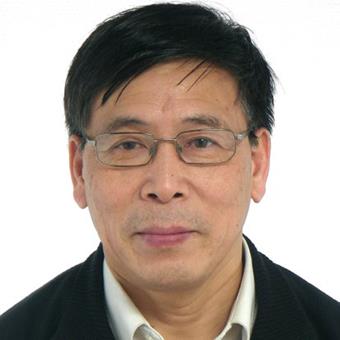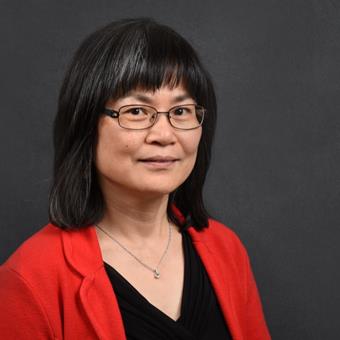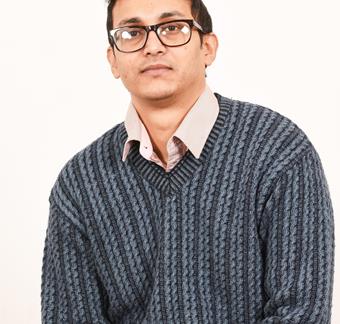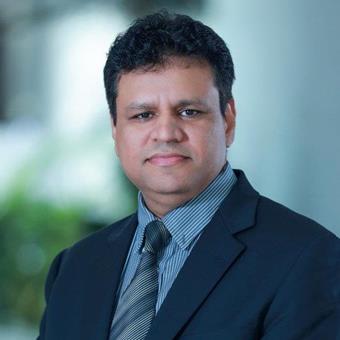
Jinghao Xu
Principal Research Engineer
As a principal research engineer I am specializing in material manufacturing, mechanical properties, and characterization. My work focuses on mechanical testing under static/cyclic loads at various temperatures for engineering materials.
Specializing in material manufacturing, mechanical properties, and characterization
As a researcher my research focus are electron beam powder bed fusion and nickel-based superalloys for additive manufacturing, advancing material performance and reliability.
Research
Publications
2025
 Continue to DOI
Continue to DOI
 Continue to DOI
Continue to DOI
 Continue to DOI
Continue to DOI
 Continue to DOI
Continue to DOI
 Continue to DOI
Continue to DOI






















